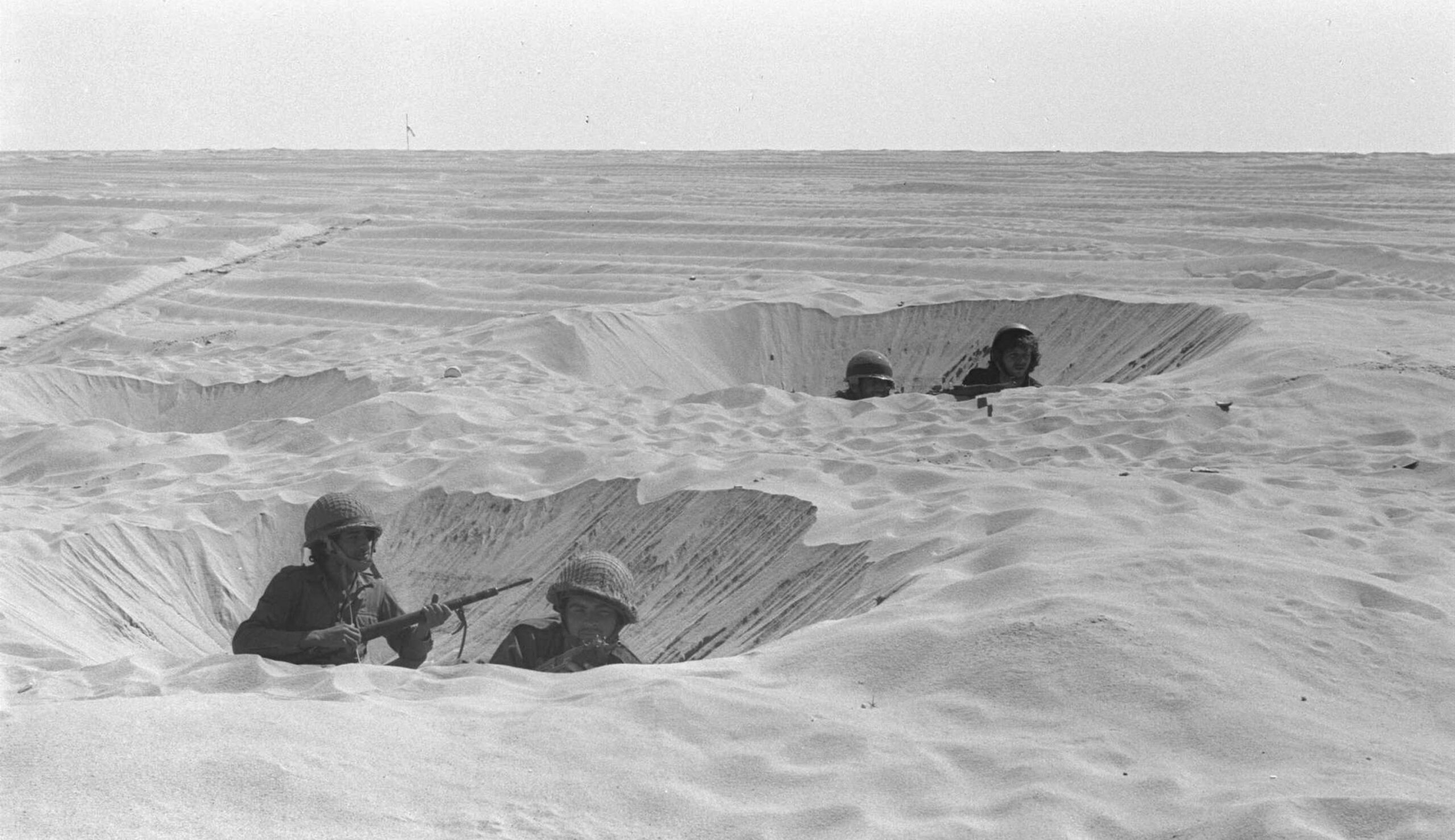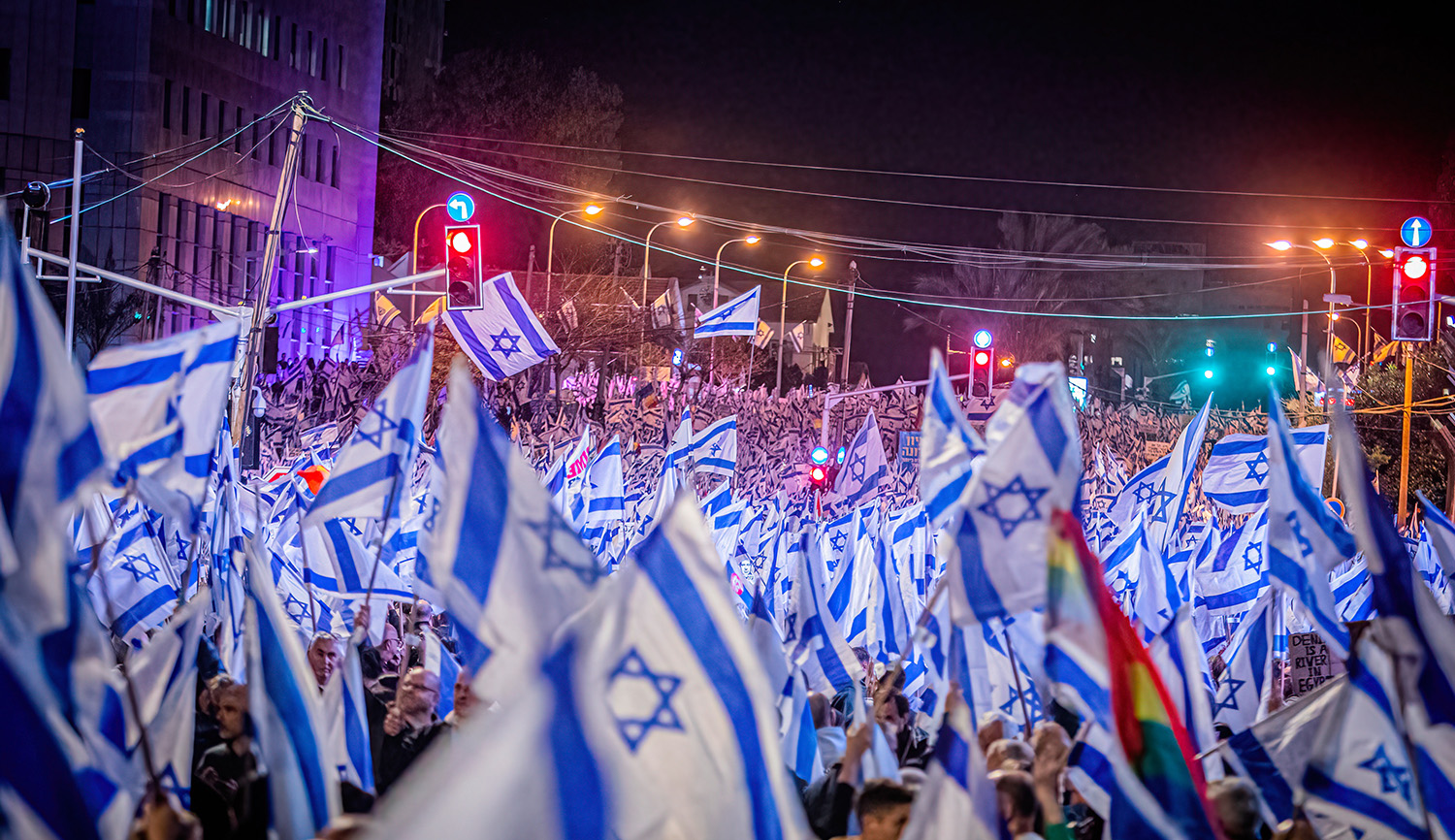Although the Bible contains extensive descriptions of the ritual garments worn by Temple priests, artistic renderings are virtually nonexistent. But the Septuagint, a Greek translation of the Hebrew Bible, uses words that suggest how the clothing might have looked. The Greek text also informed Roman artists, helping them create a stereotypical “look” that signified Jewishness. Joan E. Taylor writes (free registration required):
The Septuagint’s Greek words link priestly dress with Persian attire. Persians . . . were known to wear pants and waist-tied tunics, with capes clasped with a brooch, along with floppy “Phrygian” caps, as can be seen in the Arch of Septimius Severus in Rome. So what the Septuagint indicates is that priestly dress was quite Persian/Parthian-looking. Importantly, [1st-century Jewish historian] Josephus—himself a priest—described in detail what he knew priests to wear in his own day. . . .
If in Greek texts Jewish priestly attire is presented as being rather Persian or Parthian in appearance, this might also explain a puzzling image on Roman coins commemorating victory over the Judean revolt. The coin type has Titus on the obverse and a Judean kneeling under a Roman trophy on the reverse.
It is usually assumed that the Romans simply depicted the Judean here as a Parthian, as a kind of one-size-fits-all “conquered rebel” type. Clearly, the figure looks like a subjugated (enslaved) Parthian as found in the statues of the public Gardens of Sallust. However, . . . viewers are supposed to “get” that this man on the coin is a Judean, [even though] there is no date palm (symbol of Judea) to identify him, or the words IUDAEA CAPTA (for the literate), as we find on other coinage.
More about: Ancient Israel, Ancient Rome, Priesthood, Second Temple, Septuagint, Temple


